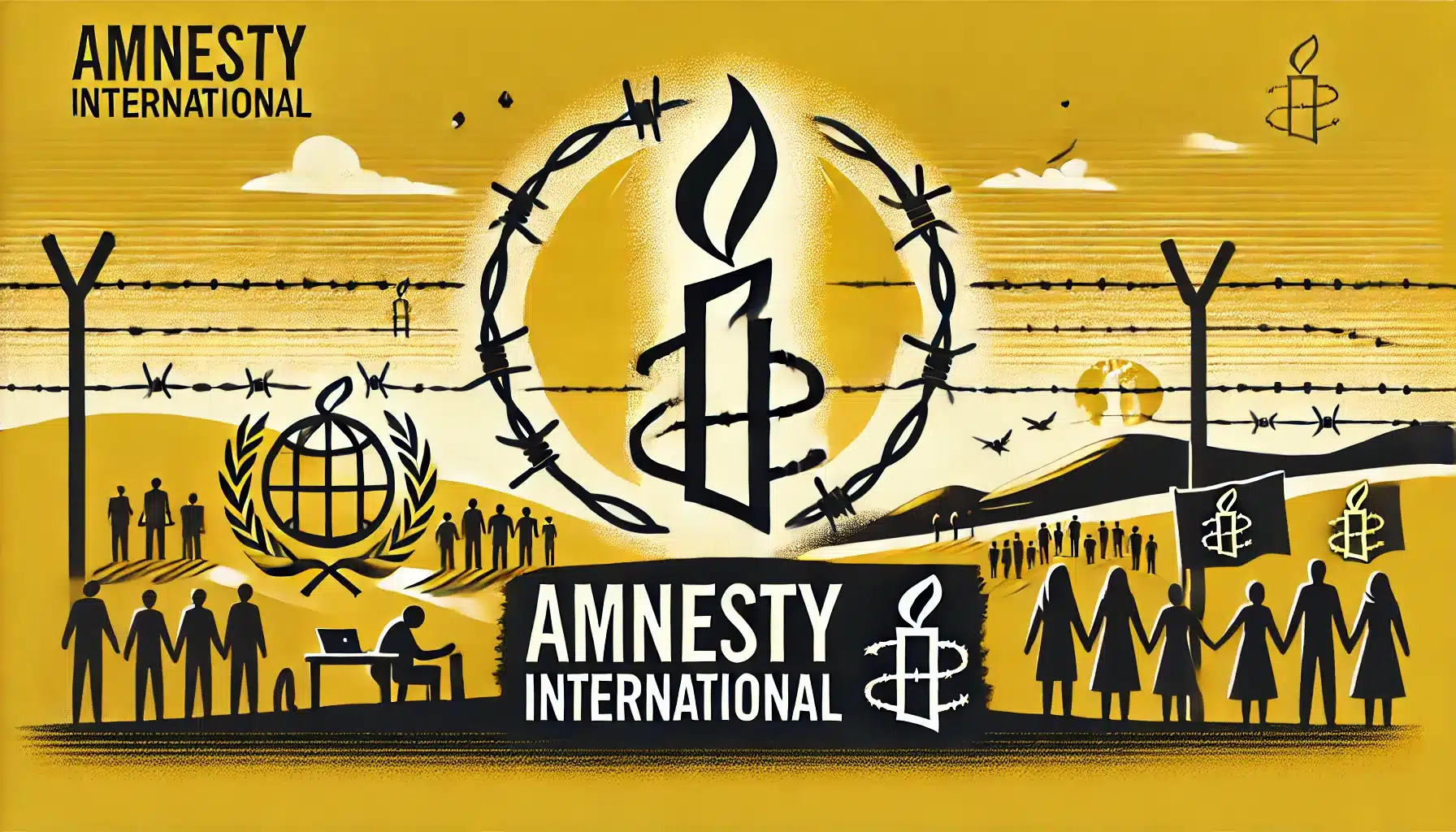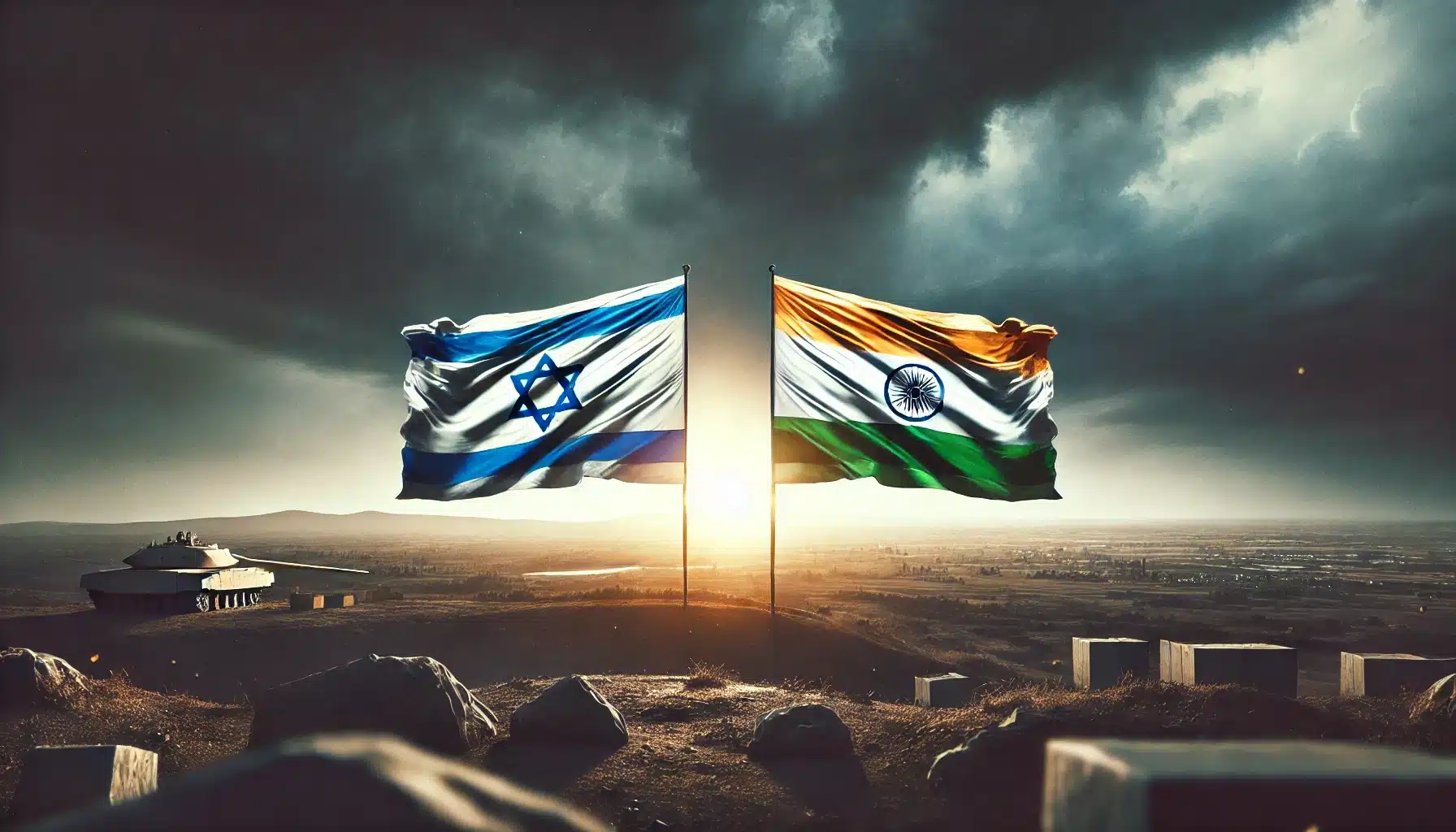Jul 26, 2024 01:30 UTC
| Updated:
Jul 26, 2024 at 05:01 UTC
India’s Nutritional Tug-of-War: Fighting Malnutrition While Battling Obesity
Despite various government schemes, more than half of India’s population cannot afford a healthy diet.
The country ranks first globally in child wasting and low birth weight among babies, and first in South Asia in anemia among women.
India is home to 194.6 million undernourished people, the highest in the world. This alarming statistic was revealed in the ‘State of Food Security and Nutrition in the World’ (SOFI) report, released on July 24. The report, prepared by the UN’s Food and Agriculture Organisation (FAO) and jointly published with four other UN agencies, including UNICEF, describes undernourishment as a condition where an individual’s habitual food consumption is insufficient to provide the dietary energy required to maintain a normal, active life.
Affordability of a Healthy Diet
- More than half of Indians (55.6%) cannot afford a healthy diet, the highest in South Asia.
- This translates to approximately 790 million people.
- While many Indians can consume enough food for routine activities, a significant portion cannot afford a quality, balanced diet.
- FAO’s definition of a healthy diet:
- Diversity: Variety within and across food groups.
- Adequacy: Sufficiency of all essential nutrients compared to requirements.
- Moderation: Foods and nutrients related to poor health outcomes.
- Balance: Appropriate energy and macronutrient intake.
Government Schemes and Their Impact
- NITI Aayog’s ‘Sustainable Development Goals India Index 2023-24’ claims 99% of eligible beneficiaries covered under the National Food Security Act, 2013.
- Entitlements under the Act: 35 kg of foodgrains per ‘antyodaya anna yojana household’ per month and 5 kg per person to ‘priority households’ per month at subsidized prices.
- Pradhan Mantri Garib Kalyan Yojana: Launched in April 2020, extended for five more years from January 1, 2023, providing 5 kg of rice or wheat per person and 1 kg of dal per family each month, free of cost, covering about 804.8 million beneficiaries.
Persistent Hunger and Undernourishment
- SOFI report suggests more is needed for significant progress in nutrition.
- About 13% of India’s population suffers from chronic undernourishment.
- Global Hunger Index (GHI) report: India ranked 111th, indicating only 14 countries were worse off.
- High GHI score factors: Lack of food, poor-quality diet, inadequate child care, unhealthy environment.
Childhood Nutrition Challenges
- Wasting (low weight for height) among children under five: 18.7%, the highest in South Asia.
- Stunting (low height for age): 31.7% of children under five.
- India has the highest prevalence of low birth weight in the world at 27.4%.
- Low birth weight babies are 20 times more likely to die than higher weight infants.
Anemia Among Women
- More than half of Indian women (53.0%) are anemic, the highest in South Asia and among the highest globally.
- Anemia during reproductive age impacts not only women’s health but also fetal health.
- Global anemia trend: Increased from 28.5% in 2012 to 29.9% in 2019, projected to reach 32.3% by 2030.
The Rise of Obesity
- Obesity is rising in India:
- Children under five: 2.8% overweight, up from 2.2% in 2012.
- Adults: 7.3% obese, up from 4.1% in 2022.
- WHO report: Every second person in India is physically inactive.
- Global obesity trend: Increased from 12.1% in 2012 to 15.8% in 2022, with projections exceeding 1.2 billion obese adults by 2030.
Global Trends and Solutions
- Least developed countries: Higher levels of child stunting, female anemia, and rising adult obesity.
- Double-duty actions: Address both undernutrition and obesity by targeting common drivers of all forms of malnutrition.
- Impact of ultra-processed foods: Linked to adverse health outcomes according to the SOFI report and British Medical Journal studies.









































